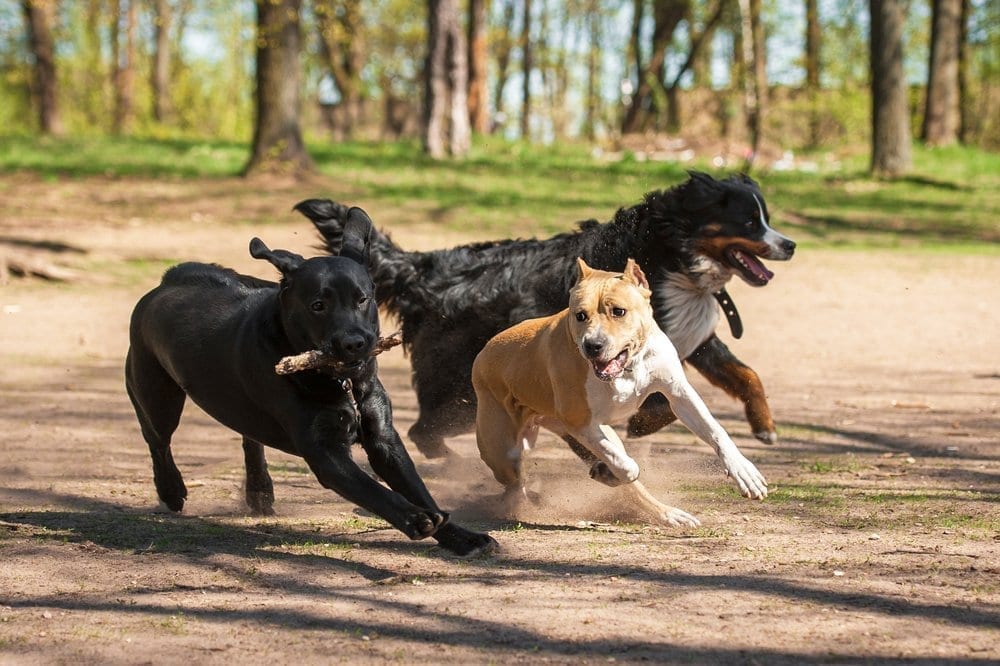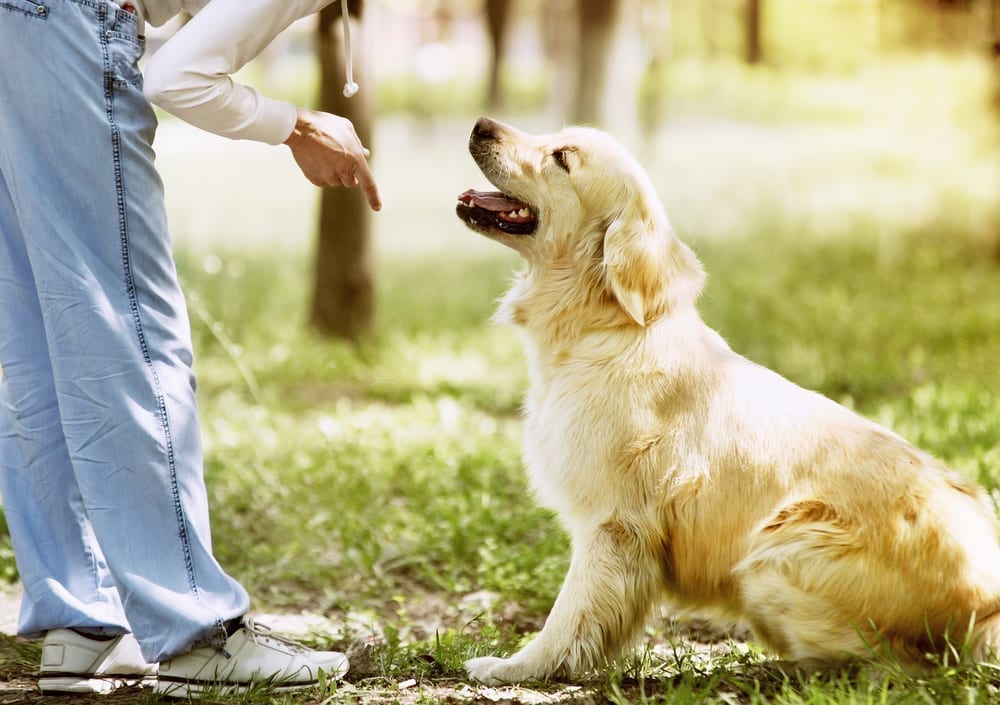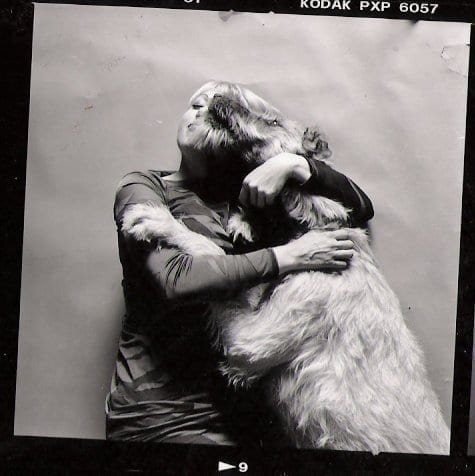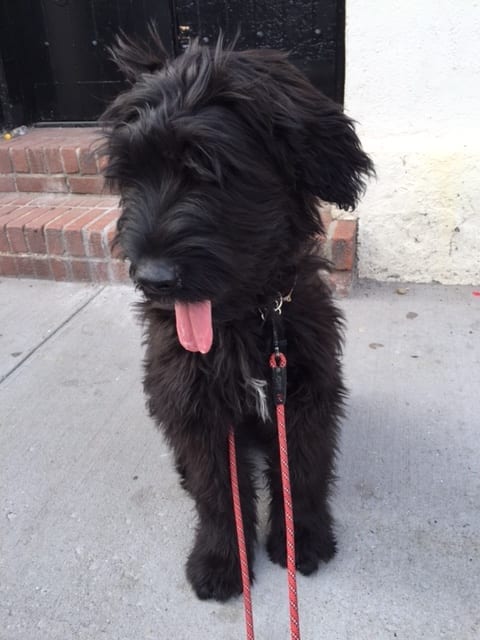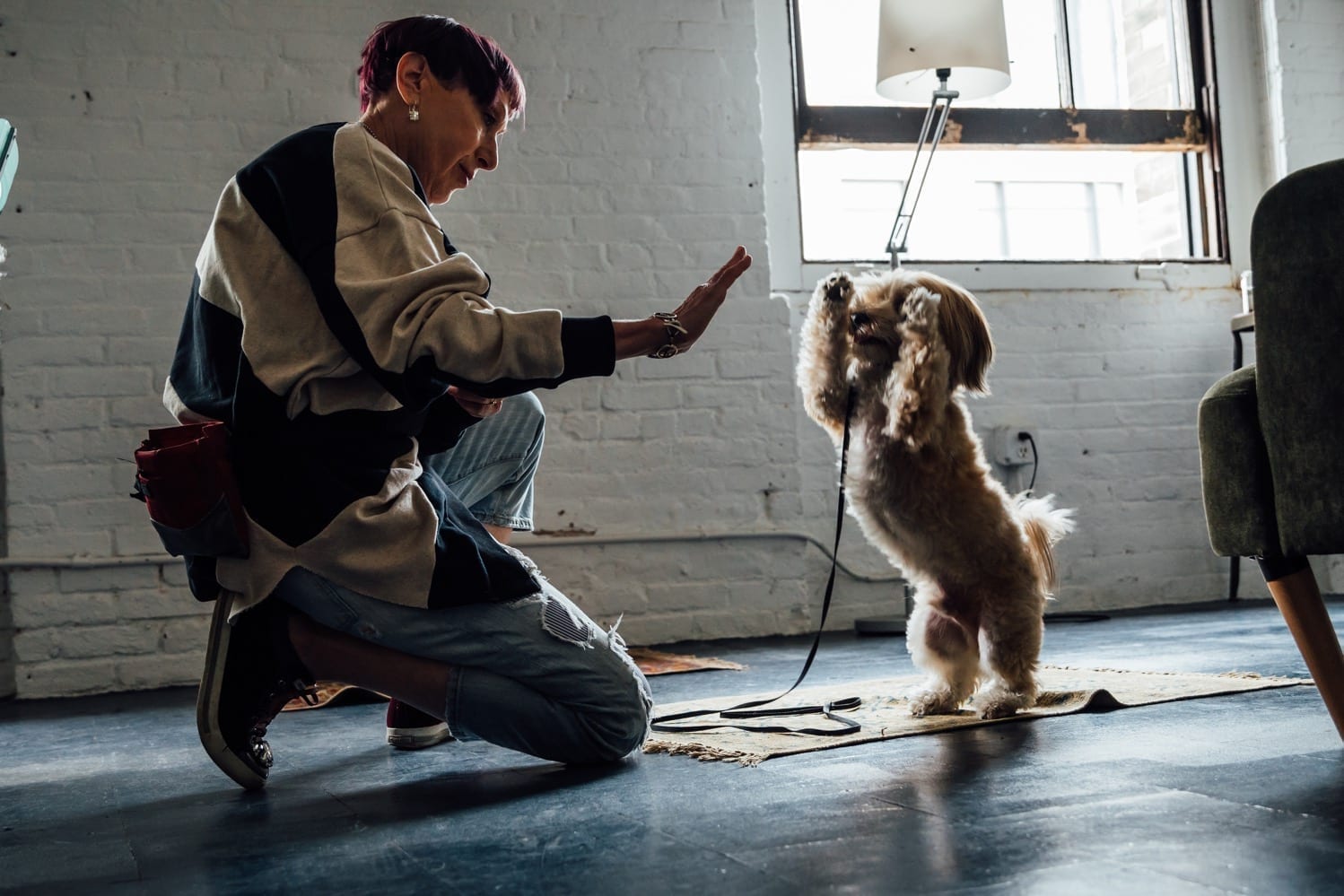When you would like a dog to “do” something you provide them with a “cue” such as “sit” or “come” or “down”. “Cues” are sometimes referred to as “commands” or “requests”. I prefer the word “cue” because it takes the emotional component out. I do not have to worry if I am bossing the dog around or pleading if the dog would kindly fulfill my request.
I would like to draw attention to the fact that the “cue” has a beginning, a middle and an end. Very often the dog might have understood that for instance the cue “sit” means: “my butt hits the ground”. That is good. The missing piece of information however is: How long should the butt stay on the ground? A split second, an hour or a few minutes? If you do not teach the dog that whatever cue you give that particular cue is “good” until you cue to do something else or you release the dog from the current cue.
That is why it is important to teach the dog a release cue, such as “okay!” or “free!”. Then the dog learns that it is not over until the human says it is over. A small but important detail. So any “cue” is like a light switch: it is on until it is turned off!
“Aha” says the dog “I just had a light bulb moment!. Thank you. I love understanding what you mean!”



